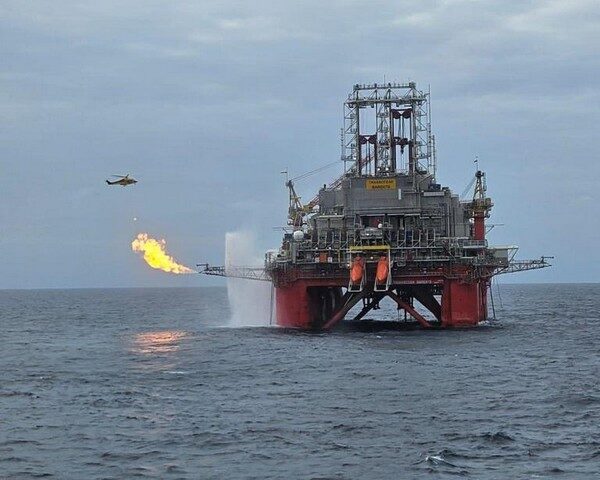PORTFOLIO TRACKER
PORTFOLIO TRACKER
John O’Donoghue
If an alien – one which had a highly unlikely interest in planet Earth’s global economy and stock markets – had landed in early March, it could be forgiven, today, for thinking that we were undergoing one of the most powerful periods of market growth in history.
The figures speak for themselves: over the last five weeks in the US the S&P 500 has grown by 25.8%, and the Dow and NASDAQ both came in with +23.8%; in the UK the FTSE 100 totted up +12.8%, and across the globe Hong Kong’s Hang Seng brought in +25.5%. These are extraordinary figures, and have inevitably sparked a flurry of ‘green shoots’ and ‘the bottom has been passed’ arguments from a number of journalists, industry professionals and, of course, politicians. It will be wonderful if this is true, I would honestly be delighted, and yet I cannot believe it to be the case. In broad terms the uptick in US markets appears to have been the result of increasing detail and explanation of how the over $1 trillion in bailout funds would be spent being delivered by the Administration. The absence of that detail had contributed to a sizeable drop in Index values the month before, when additional funds were announced. This ‘feel good’ factor in the States influenced other markets, as usual, and here we stand.
A ‘dead cat bounce’ is a rather graphic synonym for what is technically known as a ‘bear market rally’, which is defined as a sudden and short-term increase in stock prices during a long term downward trend, i.e. the bear market itself. These rallies are not unusual, during the 2000 -2002 downturn, for example, there were five of them that gained over 10%, the shortest term being +14.5% over 14 days in March/April 2001, and the longest being +20.2% over 98 days in late 2001. Our current five weeks is 35 days.
While the ‘feel good’ factor coming from a better understanding of where (and how) huge sums will be spent is not the only reason for the rally, it is a major factor, and herein lies the problem. One issue is that the expenditure is due to be spread over a number of years, while so many of the problems facing the populace and industry are immediate. Another, the mechanisms for disbursement, control and accounting appear to be weak or non-existent. I could go on, but space is scarce, and I’m sure you get the picture. In just this week the US faces first quarter results reporting from some heavyweight companies, such as Citibank, JP Morgan, Intel, General Electric, Google and Nokia: estimates are that the best performer will be Google (-0.6%) and the worst Intel (-93.0%). The week will also produce reports on housing, manufacturing, retail sales and consumer sentiment. A heavyweight mix, thankfully no unemployment figures as well! As I write, the Dow is -1% and change. Me, I’m leaving my S&P Short in place.
Turning briefly to the portfolios, the medium-high risk portfolio gained a bit over 4% through the month, but remains 39% down from inception: 75% of the portfolio is in Commodities, Renewables and Asian Infrastructure, all of which were heavily hit at the end of last year. In time I expect the allocation to do very well. The low-risk portfolio has, unsurprisingly, had a tough time recently, having to deal with an unexpected drop in the PATF fund (now improving) and a massive drop in the value of Sterling. It is down 1.7% on the month, and tracking at just under 6% per annum – in current circumstances, not so bad really! Try getting that from a bank.
Our main concentration, the medium-risk portfolio, is up just short of 1%. Not very much in the context of the growth described above, but much of that was from US Financials, which may well be returning it all in the next weeks. No, our addition of the month was a California based energy producer that uses Natural Gas and Geothermal sources for power generation – Calpine Corp. I hold this in my own portfolio, and it’s impressive: since purchase on March 23 it has added 33%. Current sector allocation in the portfolio is Equity 32%, Derivative 11%, Property 25%, Resources 30% and Cash 2%. More discussion on allocation (and less pontificating on global events) next month. Kalo Pascha!
John O’Donoghue is a Consultant with Caratfin Insurance Advisers Ltd. Tel: 22 464190, e-mail: [email protected] and [email protected], www.caratfin.com . Member of CIFSA. The Company is regulated by the Superintendent of Insurance under License no. F.O.S.7 .







